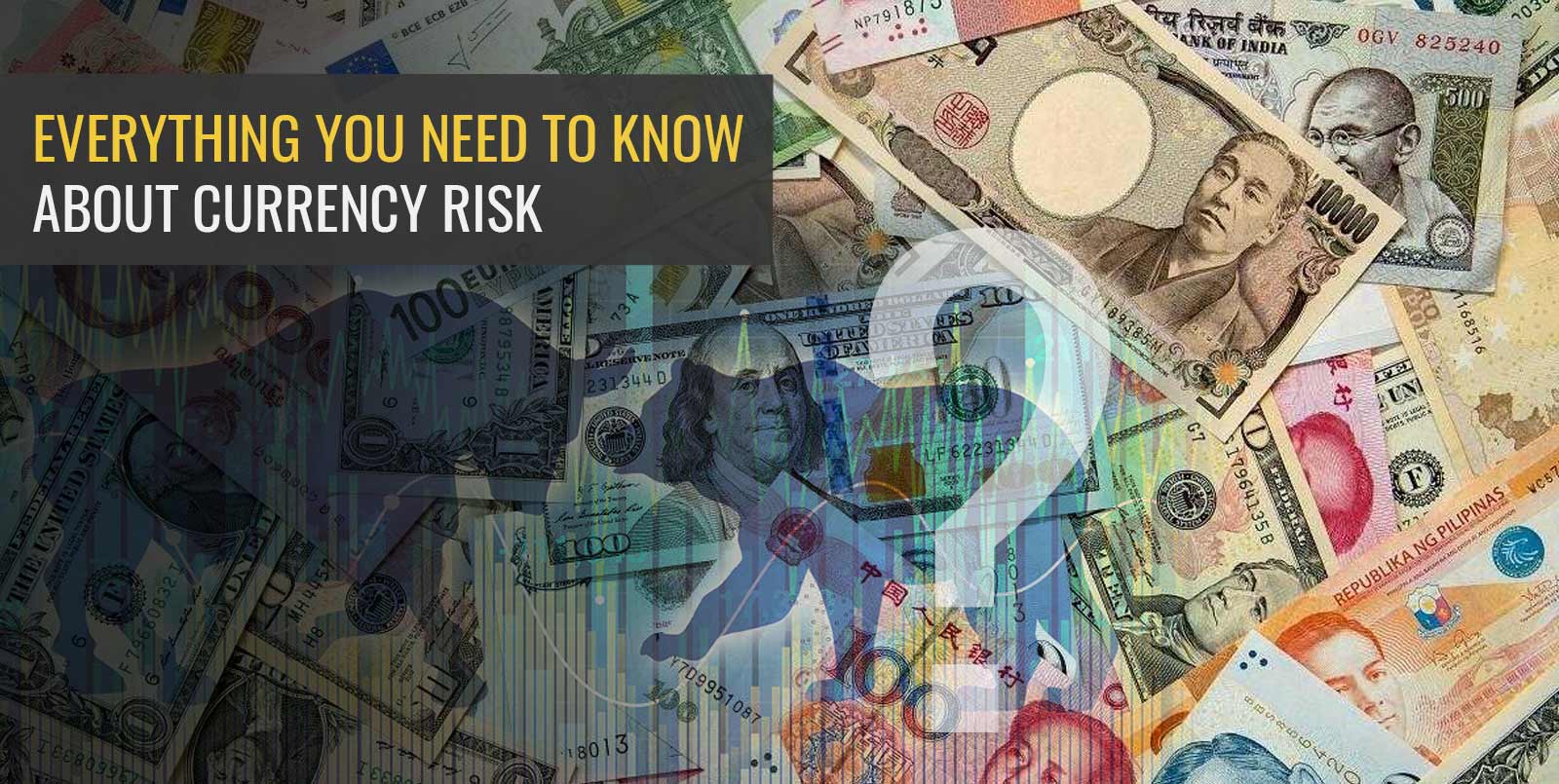

Currency is a separate asset class that gives opportunities to earn profit in the short term. But like any other business, currency trading involves risk. Anyone who wants to enter the realm of currency trading needs to understand the risks involved.
The primary type of risk involved with currency is foreign exchange risk. Foreign currencies are quoted in pairs, and their price varies depending on demand and supply factors, meaning the price of one currency keeps changing throughout the day. The continuous price change results in profit opportunities, but it also involves risks. Let’s understand with an example.
The value of USD 1 may be Rs 80 today. So, if the rupee strengthens tomorrow, USD 1 may equal Rs 78.
To put it simply, foreign exchange risk is the risk of financial impact due to fluctuating exchange rates. Currency risk also impacts a business’s economic performance. It is the possibility of losses arising from exchange rate fluctuations.
Forex risk is relevant to individuals involved in the trading of foreign currencies.
Currency risk example
To trade in currencies, you need to understand the foreign exchange risk.
Suppose you buy USD 100 at Rs 76/USD1. So, you spent Rs 7600 to purchase USD 100.
If after two days you try to sell USD 100 and the exchange rate has changed to Rs 77, you make a profit of Rs 1000 from the transaction.
But the exchange rate can also go down, in which case you will incur a loss on the trade. The possibility of facing losses in currency trading is called foreign exchange risk.
Forex risk can be classified as follows.
It refers to the risk of currency rate change at the time of settlement. Companies trading abroad face transaction risks. The time delay between the transaction and payment is the extent of transaction risk.
Several macroeconomic factors and geopolitical instances are responsible for Forex rate fluctuations. These are the economic risks of currency trading.
Companies headquartered domestically by operating abroad are exposed to translation risks. The translation risk increases when the company holds a significant portion of its assets, liabilities and equities in foreign locations.
Currency is a separate asset class in the financial market. Investors primarily invest in foreign currencies to profit from changing foreign exchange rates. Moreover, adding currency to your portfolio assists in diversification. But because of the volatile nature of currencies, it is considered a risky asset.
Read in detail about How To Trade In Currency
There are two primary kinds of currency markets – the spot market and the futures market, where currency futures are traded.
Opening trading account
To trade in currency, you must open a currency trading account. Do your research to find a suitable broker.
Every currency trader has a trading style that aligns with their risk profile. Understand your limits and risk appetite before betting on your money.
Before entering a trade, specify your entry and exit to minimise losses. No transaction is a guarantee, so you should always have an exit plan when it doesn’t go according to your expectation.
Conclusion
Now you know the currency risk meaning you can trade confidently in Forex. Open a Demat account with Angel One and start trading in Forex.
Disclaimer – This blog is exclusively for educational purposes. The securities quoted are exemplary and are not recommendatory.
Published on: Aug 24, 2022, 1:03 PM IST
We're Live on WhatsApp! Join our channel for market insights & updates